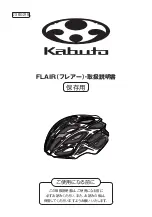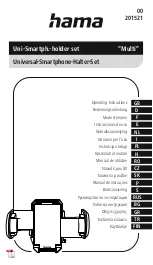
Monthly Calibration
Phadia 100 - User Manual
P a g e 7 . 4
12-3501-20/12
Acceptance of Assay Runs
There might be occasions when, for example, the curve controls are outside the
expected concentration limits. Improper handling and storage of reagents, for
instance, will affect the performance negatively. There are two levels of limits
for acceptance of curve controls, inner and outer limits. (For assays using one
curve control in duplicates, each determination will be considered as compa-
rable to one curve control).
If one curve control is outside the inner limits but inside the outer limits, the
software will recommend the assay to be accepted.
If both curve controls are outside the inner limits in the same direction, i.e.
LOW*-LOW* or HIGH*-HIGH* the acceptance is depending on laboratory
routines and judge of QC samples.
If both curve controls are outside the inner limits in opposite directions or one
of two curve controls are out of the outer limit no results are calculated.
In these cases the calibration curve is flagged.
If one of the curve controls is out of limit in the next run the calibration curve
is deactivated. If curves controls are OK the calibrator curve change status to
OK.
Some methods use one curve control, which is run in duplicate. Other methods
use two curve controls, which are run in single replicate. This means that you
get two calibration curve results in every assay run.
Summary of Contents for Phadia 100
Page 1: ...Phadia 100 English 12 3501 20 12 User Manual...
Page 81: ...Routine Assay Run Phadia 100 User Manual Page 2 50 12 3501 20 12...
Page 91: ...Reagent and Sample Handling Phadia 100 User Manual Page 3 10 12 3501 20 12...
Page 251: ...Printouts Phadia 100 User Manual Page 10 22 12 3501 20 12...
Page 277: ...Maintenance Phadia 100 User Manual Page 11 26 12 3501 20 12...
Page 341: ...Error Handling Phadia 100 User Manual Page 12 64 12 3501 20 12...
Page 348: ...Phadia 100 User Manual Index 12 3501 20 12 Page 15 1 15 Chapter 15 Index...
















































